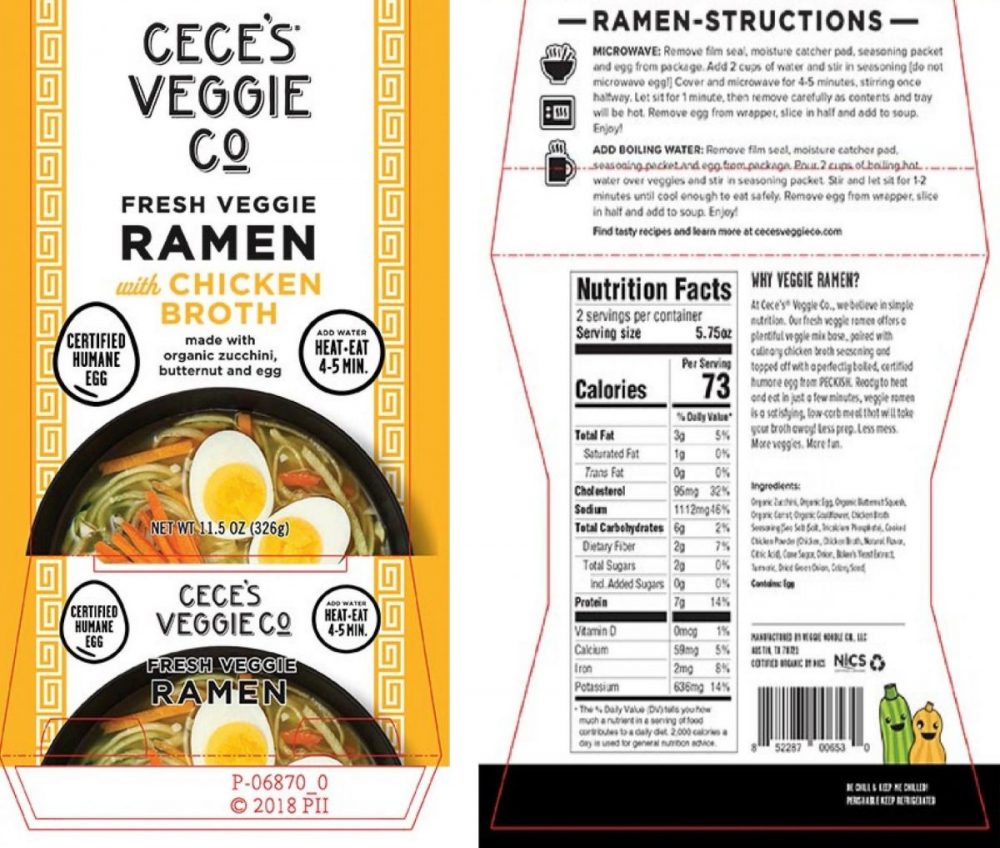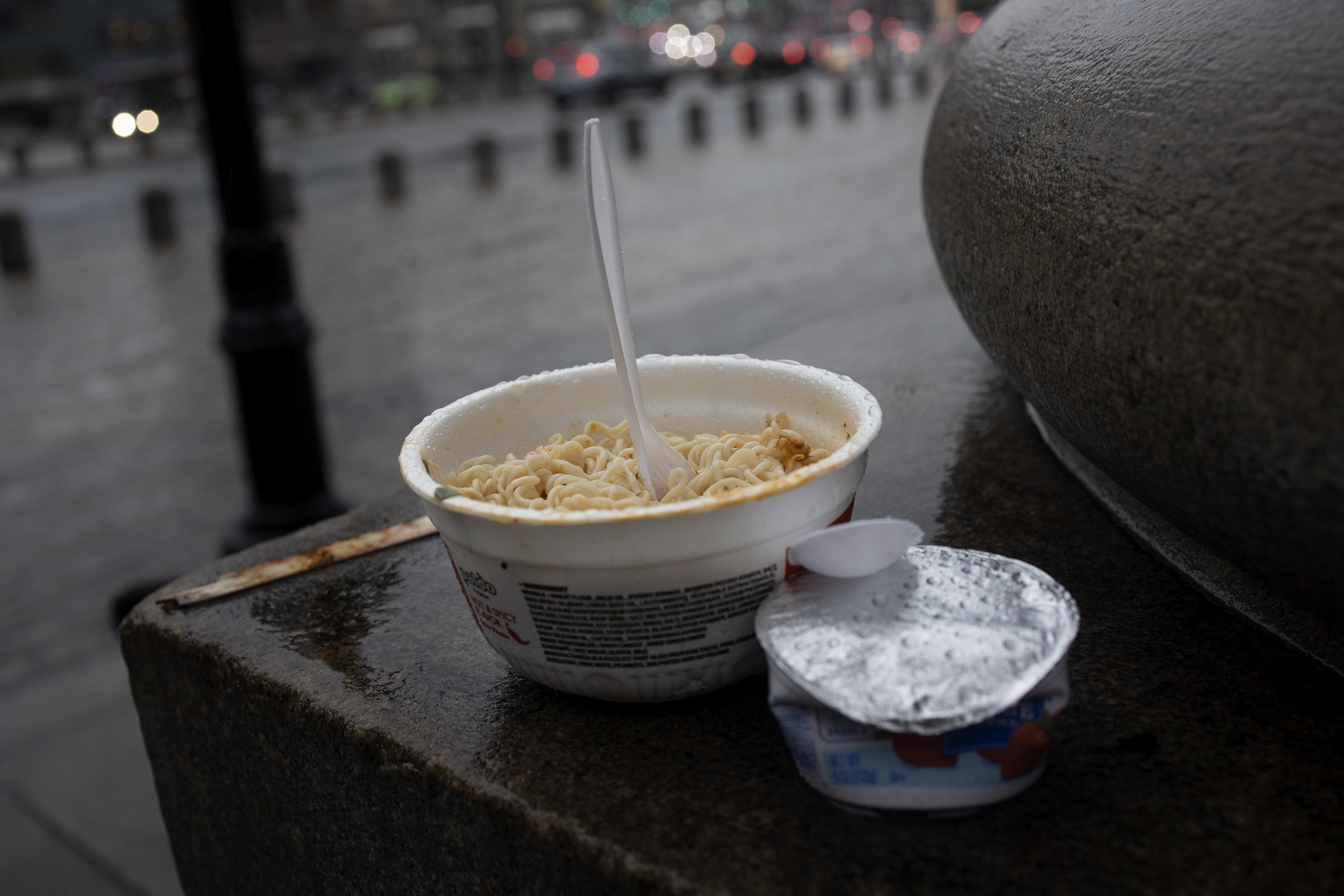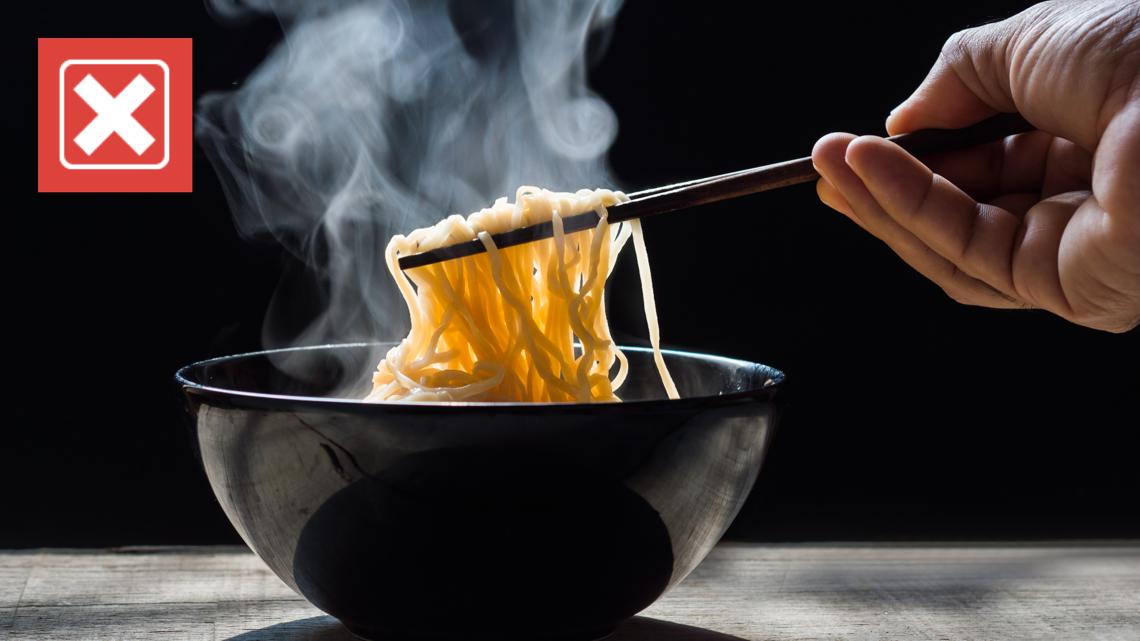Understanding The 2024 Ramen Noodle Recall: A Comprehensive Guide
Ramen noodles have established themselves as a globally beloved convenience food, cherished by millions for their affordability and ease of preparation. However, the recent 2024 ramen noodle recall has raised significant concerns among consumers worldwide. This unexpected development has left many questioning the safety of one of their favorite comfort foods. As we delve deeper into this issue, it's essential to explore the underlying causes of the recall and its broader implications for global food safety.
The 2024 recall of certain ramen noodle products has sent ripples through the food industry, prompting consumers to scrutinize the ingredients and safety measures of the food they consume daily. This guide aims to provide a thorough examination of the recall, its potential consequences, and actionable steps you can take to safeguard your dietary choices.
Join us as we explore the complexities surrounding the 2024 ramen noodle recall. From uncovering the root causes to learning how to protect yourself, this article will serve as your definitive resource on this critical matter. Let’s get started!
Table of Contents
- Introduction to the 2024 Ramen Noodle Recall
- The Fascinating History of Ramen Noodles
- Key Reasons Behind the Recall
- Brands Impacted by the Recall
- Steps for Consumer Safety
- Potential Health Risks
- Regulatory Measures and Responses
- Preventing Future Recalls
- Critical Statistics and Insights
- Conclusion and Next Steps
Introduction to the 2024 Ramen Noodle Recall
Ramen noodles have long been celebrated as a go-to option for quick, budget-friendly meals. However, the 2024 ramen noodle recall has drawn attention to potential safety concerns within the industry. This section will provide an in-depth overview of the recall, its scope, and why it is of utmost importance.
Scope of the Recall
The recall encompasses several prominent brands and spans numerous countries, emphasizing the global nature of the issue. Efforts are currently underway to pinpoint the root cause of the problem and ensure that all affected products are swiftly removed from store shelves.
Why It Matters
For countless individuals around the world, ramen noodles are a dietary cornerstone. Understanding the implications of the recall is vital for preserving food safety and empowering consumers to make informed decisions about their purchases.
The Fascinating History of Ramen Noodles
Ramen noodles boast a storied past that dates back centuries. Originally developed in China, they were introduced to Japan in the late 19th century, where they underwent significant adaptations and eventually became a global culinary phenomenon. This section delves into the evolution of ramen noodles and their enduring influence on modern cuisine.
From China to Japan
- Introduction of Chinese-style noodles to Japan during the late 19th century.
- Integration into Japanese culinary traditions, giving rise to distinct regional variations.
- Development of instant ramen in the 1950s, revolutionizing the global food market.
Key Reasons Behind the Recall
The 2024 ramen noodle recall was initiated due to several potential hazards identified during the production process. This section outlines the primary factors contributing to the recall and the scientific rationale behind them.
Contaminants in Production
Tests have revealed the presence of harmful bacteria and chemical residues in certain batches of the affected products. These contaminants pose significant risks to consumer health, necessitating immediate action.
Packaging Issues
In addition to contamination concerns, packaging defects have also played a role in the recall. Improper sealing and labeling errors can lead to product spoilage and confusion regarding contents, further exacerbating the issue.
Brands Impacted by the Recall
Several well-known brands have been implicated in the 2024 ramen noodle recall. This section provides a comprehensive list of affected brands and the specific products involved.
List of Affected Brands
- Brand X: Specific flavors and varieties identified as problematic.
- Brand Y: Recalled due to contamination concerns identified during routine testing.
- Brand Z: Packaging defects discovered during quality control inspections.
Steps for Consumer Safety
Ensuring consumer safety is of paramount importance during a recall. This section offers practical guidance on identifying affected products and the necessary actions to take if you have purchased them.
How to Identify Affected Products
Carefully examine product labels for specific batch numbers or codes mentioned in official recall announcements. Stay informed by consulting reliable sources such as government health agencies and manufacturer websites.
Steps to Take
- Return any affected products to the point of purchase for a refund or replacement.
- Contact the manufacturer directly for further instructions and updates.
- Dispose of products safely if returning them is not feasible.
Potential Health Risks
Consuming recalled ramen noodles can result in a variety of adverse health effects. This section highlights the possible risks and symptoms associated with exposure to contaminated products.
Common Symptoms
- Gastrointestinal distress, including nausea, vomiting, and diarrhea.
- Allergic reactions ranging from mild skin irritations to severe anaphylaxis.
- Potential long-term health effects from exposure to harmful chemicals.
Seeking Medical Attention
If you experience any of the aforementioned symptoms after consuming recalled products, it is crucial to seek medical attention promptly. Be sure to inform your healthcare provider about the potential contamination to facilitate accurate diagnosis and treatment.
Regulatory Measures and Responses
Global regulatory bodies have acted swiftly in response to the 2024 ramen noodle recall. This section examines the measures implemented to address the situation and prevent future occurrences.
Government Interventions
Health agencies such as the FDA and WHO have issued comprehensive guidelines and advisories to mitigate the impact of the recall. Regular inspections and rigorous testing protocols have been enforced to ensure compliance and enhance overall food safety standards.
Industry Cooperation
Food manufacturers and distributors have collaborated closely with regulatory bodies to implement corrective actions. These efforts include recalling affected products, improving quality control processes, and investing in advanced safety technologies.
Preventing Future Recalls
Minimizing the risk of future recalls requires a proactive and collaborative approach from both manufacturers and consumers. This section outlines strategies to enhance food safety and reduce the likelihood of contamination.
Enhancing Production Standards
- Implementation of stricter hygiene protocols across all stages of production.
- Investment in cutting-edge testing technologies to detect contaminants early.
- Comprehensive training programs for staff on food safety best practices.
Consumer Awareness
Staying informed about food safety practices and remaining vigilant about product recalls can significantly reduce the risk of exposure to hazardous products. Regularly checking for updates from trusted sources is an essential step in protecting yourself and your loved ones.
Critical Statistics and Insights
Data and statistics are invaluable in understanding the scope and impact of the 2024 ramen noodle recall. This section presents relevant figures and insights sourced from credible organizations.
Recall Statistics
- Number of affected products: Over 10 million units recalled globally.
- Countries impacted: More than 20 nations across multiple continents.
- Estimated economic impact: Losses exceeding $50 million due to recalls and associated costs.
Data Sources
The information presented in this section has been meticulously gathered from reputable organizations, including the World Health Organization (WHO) and the U.S. Food and Drug Administration (FDA).
Conclusion and Next Steps
The 2024 ramen noodle recall underscores the critical importance of food safety and consumer awareness. By understanding the causes behind the recall and taking the necessary precautions, we can effectively mitigate the risks associated with contaminated products.
We encourage readers to share this article with others and remain vigilant about food safety updates. Your feedback and questions are invaluable, so please feel free to leave a comment below. Together, we can promote safer food practices and safeguard our communities for the future.
Article Recommendations


